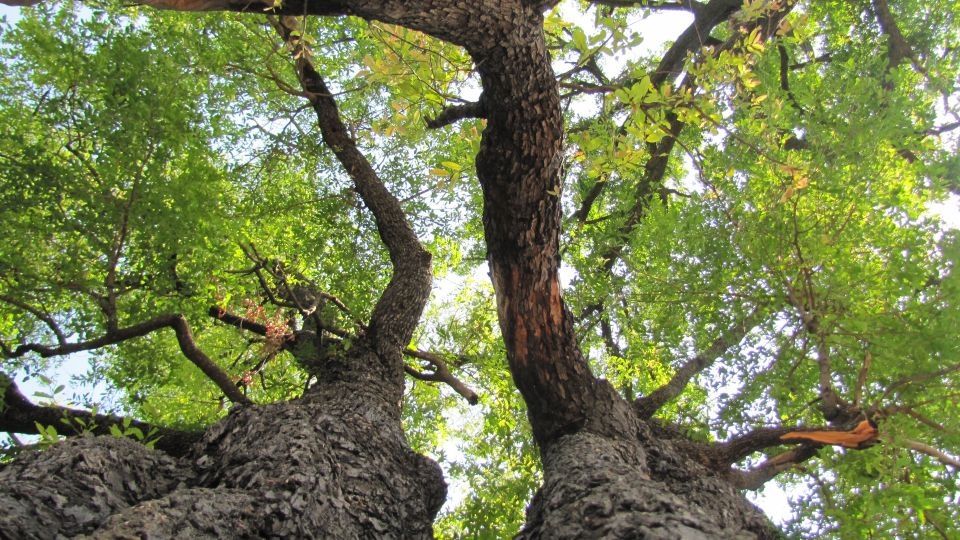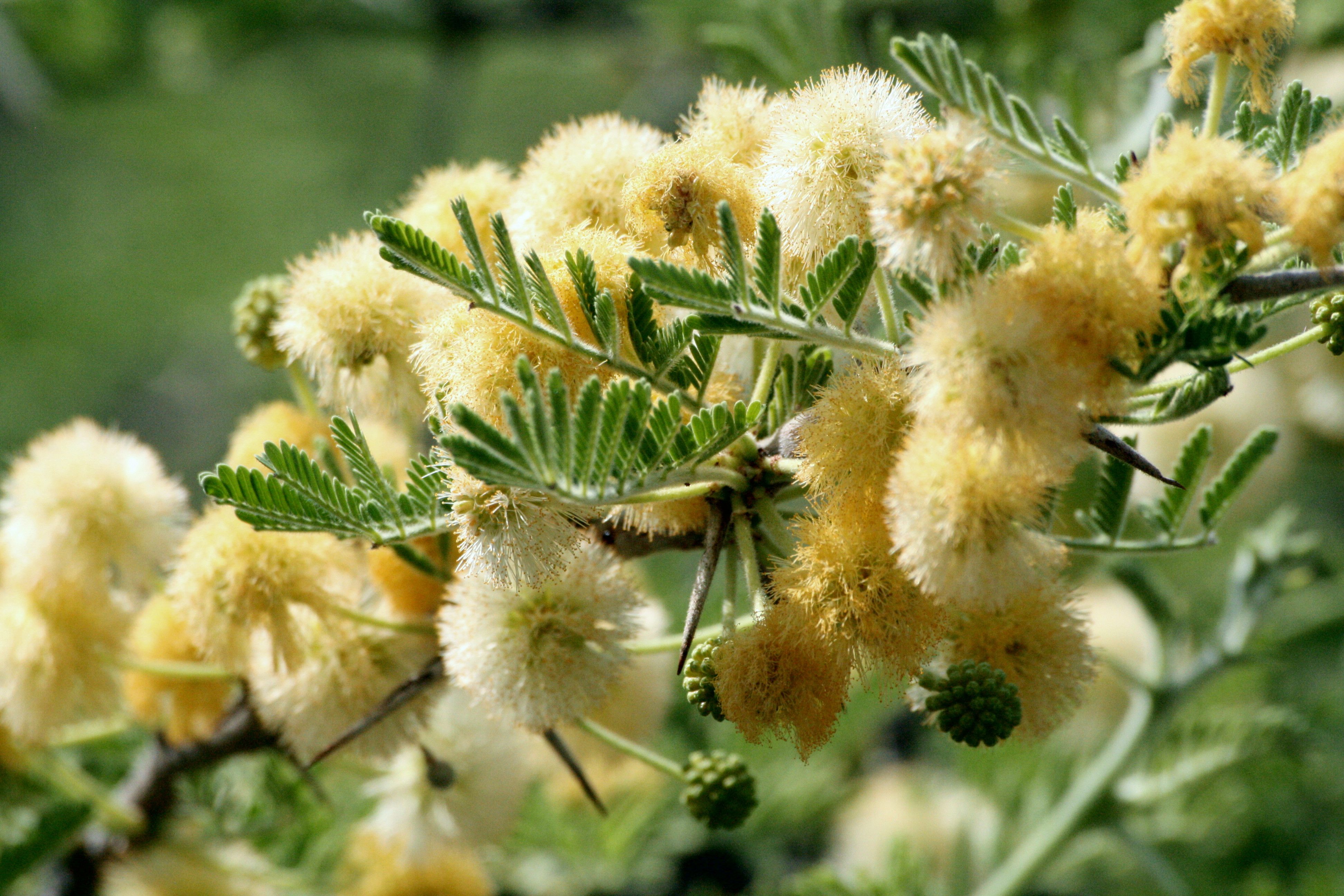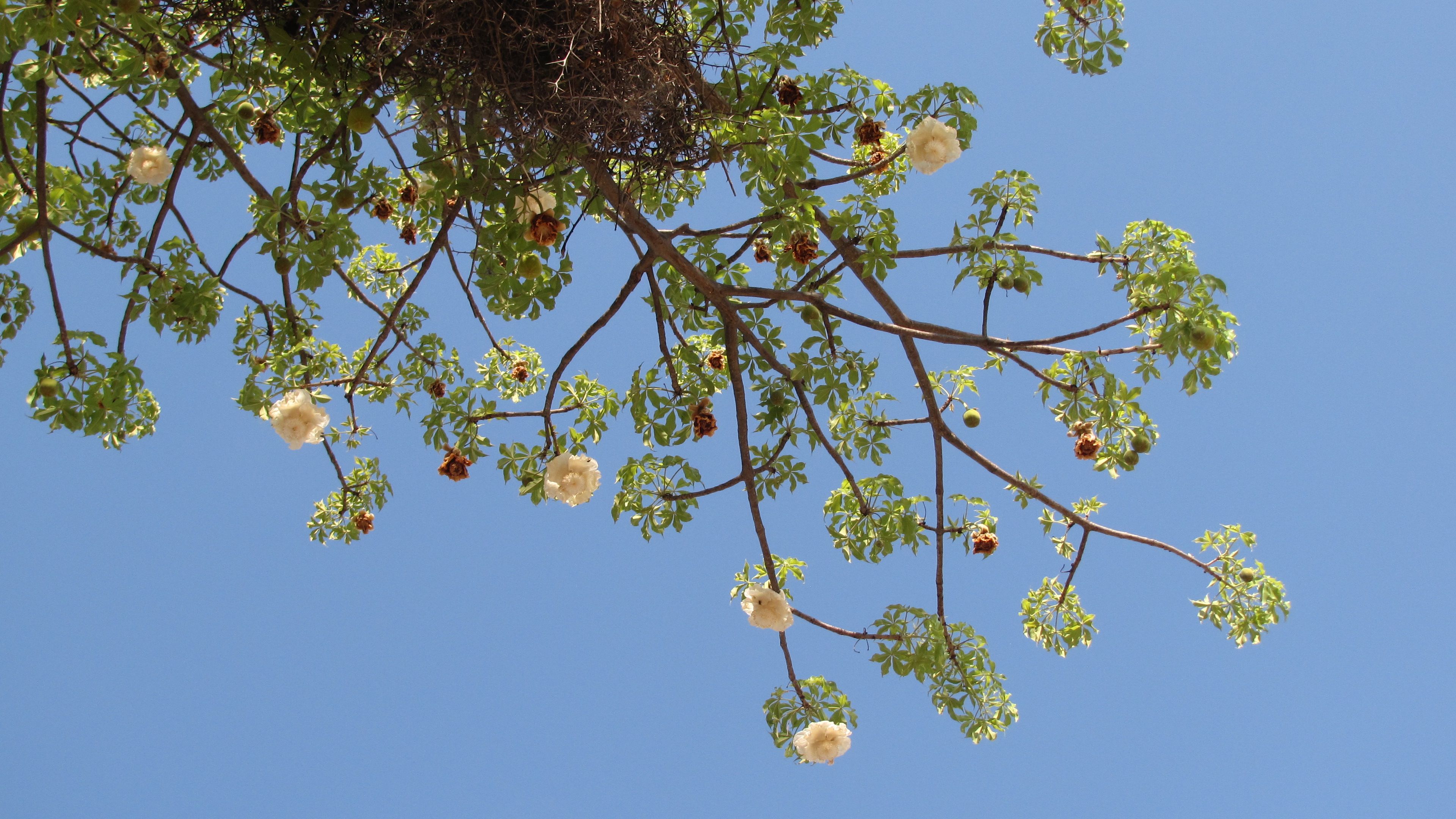TREES, PLANTS AND FLOWERS

There’s a strong correlation between the natural division of the vegetation in Botswana and the pattern of rainfall. Savannahs make up most part of the country’s landscape and while you may think the Kalahari Desert is a barren, dry area, it is actually a grassy landscape with the occasional acacia tree and lower, often prickly, shrubs.
The large amount of water in the Delta makes it the ideal territory for a great variety of animals. The vegetation offers them food, moisture, shadow, breeding opportunities and shelter.
That’s why the largest elephants of the world stay in this swampy area in the evening of their lives: the soft water plants are easier to chew on with their stumpy molars than the rough bark of the acacia trees and the tough blades of grass in the arid regions.
Though there are some forests in smaller parts of the Delta, the real forests are located in the North, along the banks of the Chobe River. Here you’ll find shrubs and trees: various species of acacia trees, Leadwood (the heaviest kind of wood in the world), baobab trees, Euphorbia, palm trees, jackelberries and mangosteen.
For many people the Baobab tree symbolizes Africa. It is also known as the ‘upside down tree’ because its branches stay bald most of the year. These trees can grow more than a thousand years old. The Bushmen say that every centimeter of the trunk’s circumference represents one year. We’ve seen some trees that had circumferences of 25 meters! Baobabs have a fibrous structure, instead of a timber structure, which enables them to store water. That explains why elephants never miss an opportunity to break off a piece with their tusks, often leading to the tree’s demise. These extraordinary trees only bloom twice a year, usually around November, so you’re very lucky if you ever get the chance to witness that.



